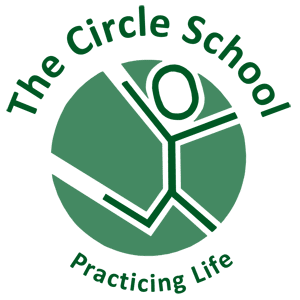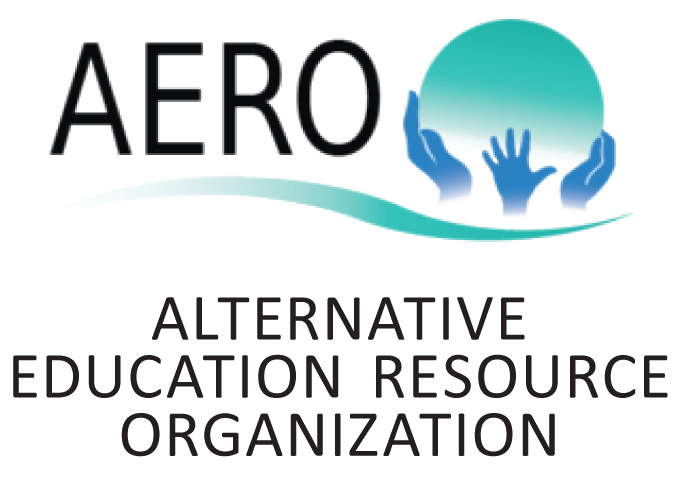Frequently Asked Questions
FAQs
Q: What’s a democratic school?
A: We mean a school that is a free and democratic society, governed and administered by an orderly democracy of students and staff, embracing rule of law, due process, student civil liberties, one person one vote, and absence of mandatory curriculum. Students in democratic schools experience personal and community self-determination in democratic liberty, responsibility, and authority. Come live your life in a scaled down version of the world beyond school.
Q: Freedom sounds great, but don’t children need structure?
A: Yes, structure contributes to the stability and security that set children free to explore their world without fear. Structure is important here just as it is in the world beyond school: setting limits for safety and order, guiding us as we go about our business and live our lives. Democratic schools tend to have lots of this kind of structure: formal government, laws, judicial systems, certifications, committees, corporations, dependable adults, anchored culture — and lots of daily, weekly, and yearly rhythms. American society has similar structures for adults, and that’s the point. Let’s invite children and teens to join the society and world into which they are growing. Let’s immerse kids from an early age in a microcosm of society, with parallel institutions, values, and practices. Let kids practice life and they get really good at it. We know because we see it every day.
Q: So there’s structure, but it’s more of a grassroots structure?
A: Yes, democratic schools value structure. The difference is in the kind of structure: top-down or bottom-up. Or, yes, you could call it grassroots. If children are trained for 12 years of school to follow someone else’s agenda and orders — top-down structure — then many will tend, as adults, to wait for someone else to direct them. On the other hand, if children are allowed from a young age to direct themselves, mindful of the community around them, then that’s what they are more likely to do as adults.
The self-directed person more readily finds satisfying purpose and meaning in life, and is also in greater demand today, particularly by employers, clients, and colleges. Children, families, and society are better served by schools that are structured to enable and demand self-direction and collaboration. That’s the kind of structure children find in democratic schools like The Circle School.
Q: Does that mean they’re on their own to figure out what to do?
A: Yes and no. They’re immersed in a mixed-age community with all kinds of activities, resources, and events happening every day. Students can plug into a multitude of campus resources and many activities conducted by interest groups — “corporations” as we call them, such as in art, science, gardening, music, and many more. Dozens of field trips and opportunities in school government and administration add even more possibility. You can read more about how kids engage in our lively community in our blog (especially this post) and you can see many examples in pictures here and here.
Q: How do students learn?
A: Conventional schooling reduces learning to bite-size curricular objectives packaged into lessons “delivered” to students in classes without experiential context. This is a fine way to study and acquire some knowledge, among many other fine ways, and happens here, too, when students choose it. Classroom lessons have some advantages, such as optimizing the expense of teachers’ time, and it has some drawbacks, such as being relatively ineffective and boring for many students much of the time. Regrettably, this method dominates in conventional schooling to the exclusion of other methods — so much so, that the word “learning” has come to be widely associated exclusively with this one overused method, applied to the standard academic curriculum.
Democratic schools restore the meaning of “learning” to include many learning methods and many domains of learning. Look around this website to see some of these new learning modes and methods (here, for example). The book When Kids Rule the School (here) describes 16 new learning modes and methods enabled by democratic schools. In short, democratic school students sometimes learn in the same ways they do in conventional schools. More often, though, democratic school students learn in a variety of ways, enhanced by self-direction and community dynamics (as described in this blog post). The result is learning that is more meaningful and enduring and daily life that is more fulfilling.
Q: What about reading? How do they learn to read?
A: Mostly, children learn to read gradually as wants and needs drive the process. Reading is so important, you can’t stop them. More than half of our students learn to read without formal instruction, picking it up as they need it in personally meaningful activities, often with frequent, informal help. Many of the rest ask for “reading classes” at some point, which might last a few weeks and rarely longer than a few months. “Reading classes” are usually fun, such as games and puzzles, and sometimes requested for that reason.
Reasons to read are everywhere. If you want to understand the sign-up sheets on the bulletin board — for field trips or events at school — or the inventory list in your Minecraft chest, you need to read. When you see a tray of fresh-baked brownies, with a sign nearby, it’s vitally important to most kids to tell the difference between “For Sale” and “Free — Take One.” Each child’s process involves a unique mix of reasons, timing, and ways. We find that learning to read is usually quick for children when they come to it on their own, for their own reasons, in their own time.
Q: How many graduates go on to college and earn degrees?
A: A study found that our graduates go to college at high rates: 84% of those who attended for at least the four high school years, and 91% of “lifers” — those who attended for eight years or more. Nationwide the rate among same-age peers is 60%. Graduates were also found to have earned bachelor’s, master’s, and doctoral degrees at higher rates than their high school graduate peers. Economic advantage does not appear to be a factor. A study a few years ago (available here) found that the school’s family income profile at the time closely matched the income profile of the surrounding community (30-minute drive time from the school): 30% of households with less than $30,000 annual household income; 55% of households less than $50,000; 89% less than $100,000.
Q: Most students will have to submit to authority in a future workplace. Is that a struggle for democratic school graduates?
A: Quite the opposite. Students from democratic schools are already accustomed to the combination of formal authority, individual responsibility, and collaborative expectations that are typical of workplaces. Daily they work within the school’s many formal structures: school government, judicial system, corporations, committees, certifications, mandatory procedures, and hundreds of rules. Democratic school students develop healthier relationships with authority and better understanding of its various roles and values. They come to know when and how to challenge authority, when and how not to, how to be part of it, and how to share it. From school to college to employment and life, democratic school graduates tend to transition with less turmoil and greater grace.
Q: How does the school work in concept? What is its “theory of education”?
A: The snappy answer is our metaphor: “practicing life in a scaled down version of the larger world.” Kids come here and develop the knowledge and skills to navigate the world on their own terms, given their unique set of interests, abilities, and potentials. For a fuller exploration of this important question, see the book When Kids Rule the School (here), which includes, for example, a detailed theory of how kids develop critical thinking here, and why that development is deep, enduring, and fulfilling. For a briefer look, check out the graphic “How Does It Work In Concept” (here).
Q: Okay, I’m interested. What should I do next?
A: If you haven’t already received our information package in the mail (including the 64-page magazine “Practicing Life”), browse this website to learn more and request the info package here. You can read about admissions criteria here, more about the admissions process here, and about tuition and financial aid here. Information about free public bus service from surrounding areas is here.Thanks for your interest!
The Circle School is a scaled down version of the larger world, with its own executive, legislative, and judicial branches of government, and a lively mixed-age community. Kids come here and practice life.
Keep reading to learn about Mission & Methods!
Request a free information packet, including Practicing Life, chock full of stories, answers, and more.
Come to a public information event, if conveniently scheduled.

